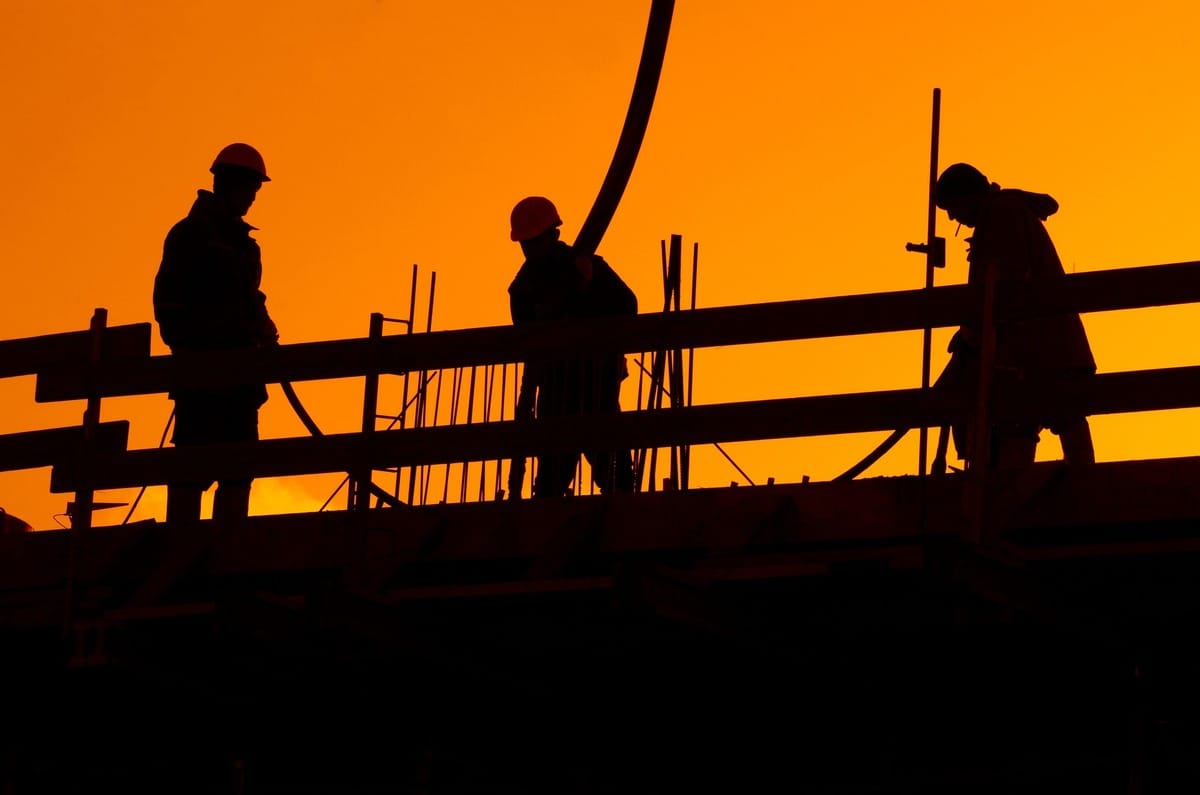- Full Brim Safety
- Posts
- Eliminating and Substituting Hazards on the Job Site
Eliminating and Substituting Hazards on the Job Site
Full Brim Safety: Build Smart, Build Safe

Eliminating and Substituting Hazards on the Job Site
Welcome back, let's Build Smart & Build Safe! Today, we build upon yesterday's introduction to the hierarchy of controls by focusing on the first two levels: Elimination and Substitution. Let’s use fall hazards when looking at examples.
Level 1: Elimination of Hazards
Think of elimination as the "nip it in the bud" approach to hazard control. It involves completely removing the fall hazard at its source, preventing the risk of a fall altogether. This is the most effective level of control because it eliminates the hazard entirely.
Examples of fall hazard elimination in construction:
Design fall-protection platforms: Implement platforms with guardrails and safety netting around open edges and elevated areas.
Design out hazards in the planning phase: Avoid flat roofs with unprotected edges. Design parapet height to be a permanent guardrail.
Design for ground-level work: Analyze tasks and processes to see if they can be performed on the ground instead of at heights.
Utilize prefabrication: Prefabricate components on the ground whenever possible, reducing the need for work at heights during the construction process.
However, elimination is not always feasible. Sometimes, we need to find alternative solutions. This is where substitution comes in.
Level 2: Substitution of Hazards
Think of substitution as the "swapping the bad for good" strategy. It involves replacing a hazardous element with a safer alternative. This reduces the risk of falls by eliminating the original source of the hazard.
Examples of fall hazard substitution in construction:
Replace ladders and scaffolds with lifts: Utilize scissor lifts or boom lifts for working at heights instead of ladders or scaffolds, reducing the need for climbing and potential falls.
Choose non-slip surfaces: Use coatings or mats with high traction to reduce the risk of slips and falls on walking surfaces.
Use of extendable or telescoping tools: Use extendable or telescoping tools to perform tasks at heights, removing the need for human exposure to fall risks.
By actively seeking opportunities for elimination and substitution, we can significantly reduce hazards and create a safer work environment for everyone on the construction site.
Stay tuned for tomorrow as we explore the next level of the hierarchy: Engineering Controls!
Don't forget to sign your friends up for Full Brim Safety for your daily dose of construction safety tips!
-The Safety Man
